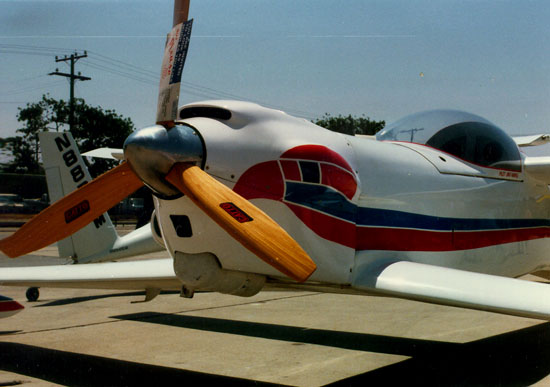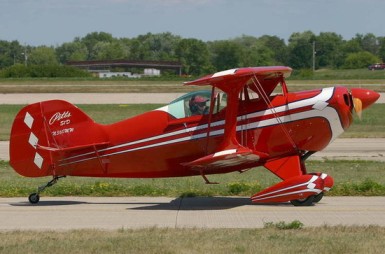Two-stroke motors are not new. I know that this may come as a shock to some of you.
In the homebuilt aviation circles that I frequent there seems to be a recurring discussion about the use of these engines in aircraft. The discussions are usually heated and rarely have parameters established to allow those participating to understand what is being communicated. So, I thought I’d give it a shot here. Perhaps this will help someone – particularly one of the new folks that come along and want to use one of these engines. For the sake of discussion, we’ll limit the scope of these engines to the 40-150 horsepower types – mostly because that’s the limit of my experience.
These little two-stroke motors are light and have a great power-to-weight ratio. On the negative, they are thirstier than a comparable (horsepower output) four-stroke engine.
There is no doubt that they work fine in slow aircraft/ultralights – that has been well proven and documented. The aircraft in question are fast glass airplanes – specifically Quickies, Q2’s, Q200’s, Dragonfly, and KR-2 types. These aircraft cruise well over 100 kts and also land rather fast – 60 kts or better.
The builders that bring up this topic generally have the same question/plan. They believe they have discovered something that nobody else has ever thought of. That is, install one of the larger two-stroke motors in their aircraft. They believe they will end up with a light, reasonably inexpensive, super duper, relatively high-powered and fast aircraft.
The idea is sound. Look around any airport ramp – you won’t find any fast glass airplanes with two-stroke motors. Clearly, the rest of the world has really missed the boat on this one. Not only will the builder end up with a far better aircraft than can be imagined but he will be a hero – ushering in a whole new era in aviation power plants.
Yah!!
There are some of us, however; that have already done this. We have hundreds of hours with two-stroke engines (Rotax, Kawasaki, Cayuna, etc…) and fast glass airplanes.
Me?
I had a single seat Quickie aircraft with a Rotax 503 SC that produced 46 horsepower. It had a geared PSRU (Propeller Speed Reduction Unit – gearbox), dual electronic ignition, and was fan cooled. I flew it nearly 250 hours.
My experience was exactly that of others – not great. Two-strokes are very sensitive to mixture which, in all the cases that I’ve seen, requires changing of jets in the carburetor and cannot be changed in flight. Long, fast, reduced power descents cause the engines to run lean and they suffer from reduced oil supply (which is mixed into the air-fuel mixture. Propping the engine so that the engine can get into the power-band is difficult on fast airplanes. In all cases, one ends up with an under-pitched prop for cruise conditions.
The list goes on and on. Two-strokes are great engines. However; not for EVERY situation.
Sorry.





Leave a Reply